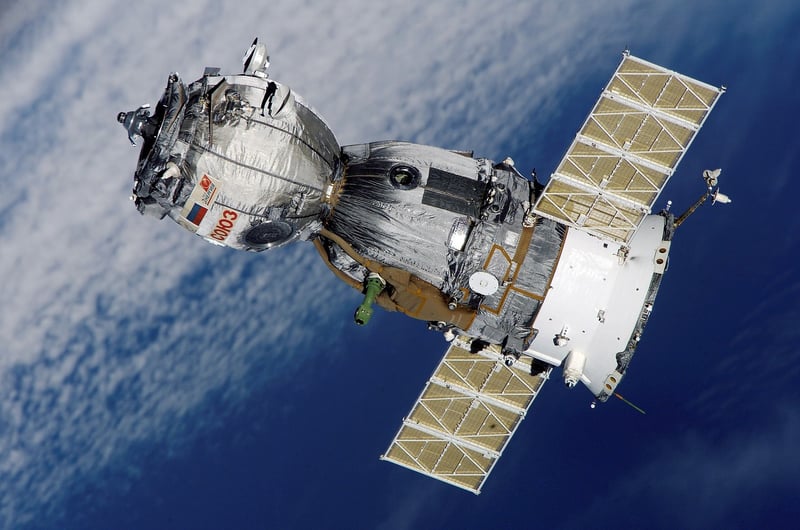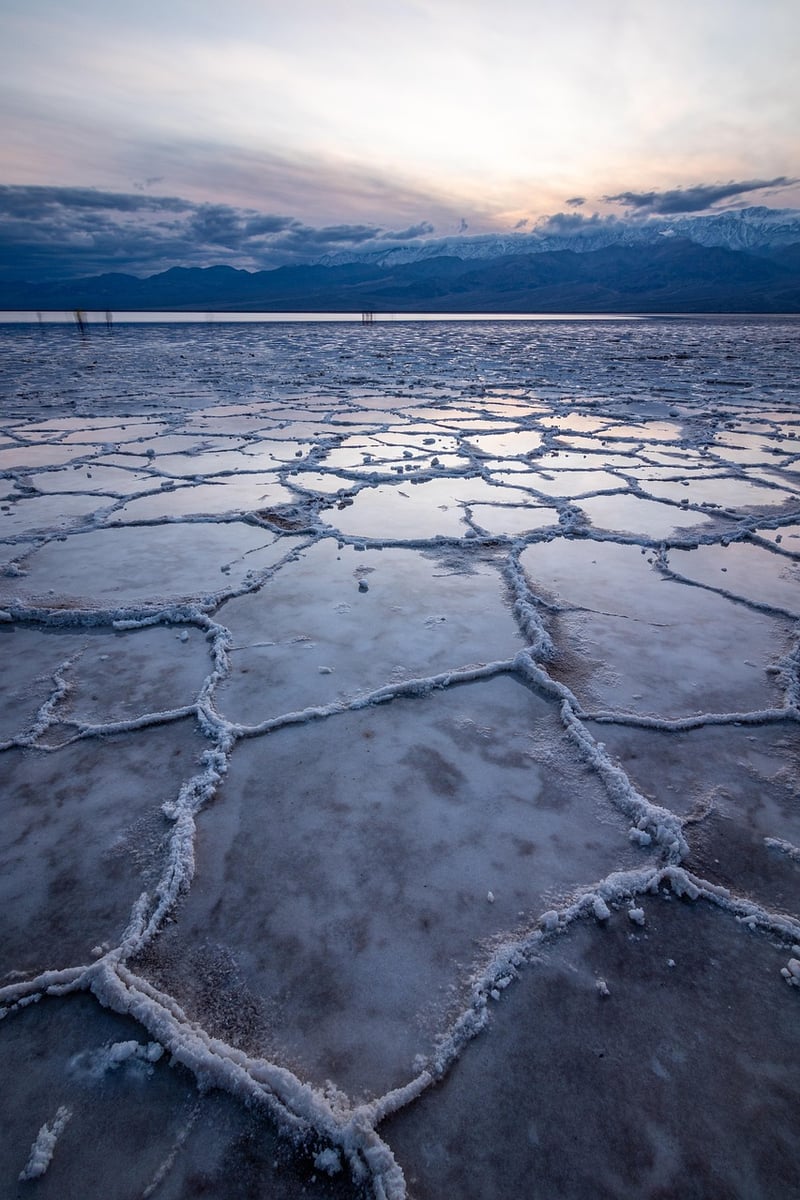Extreme Environments
The Fascinating World of Studying Life in Space and Extreme Environments
Exploring life in space and extreme environments is a captivating area of research that pushes the boundaries of human knowledge and understanding. Scientists and researchers delve into the unknown, seeking to unravel the mysteries of life beyond Earth and the resilience of organisms in harsh conditions.
Life in Space
Space, with its vast emptiness and extreme conditions, presents a unique environment for studying life. From the International Space Station (ISS) to future missions to Mars, scientists study how organisms adapt to microgravity, radiation, and isolation.

Research Areas in Space
- Microgravity Studies: Understanding how microgravity affects biological processes.
- Space Agriculture: Growing plants in space for food and oxygen production.
- Health Effects: Investigating the impact of space travel on human health.
Extreme Environments on Earth
Earth itself hosts extreme environments where life thrives against all odds. From deep-sea hydrothermal vents to arid deserts, organisms have adapted to survive in conditions once thought uninhabitable.

Adaptations in Extreme Environments
- Extremophiles: Organisms that thrive in extreme conditions like high temperatures or acidity.
- Survival Strategies: How organisms cope with limited resources and harsh climates.
- Biodiversity Hotspots: Exploring unique ecosystems with diverse life forms.
Studying life in space and extreme environments not only expands our understanding of biology but also offers insights into the potential for life beyond Earth. By unraveling the secrets of adaptation and resilience, scientists pave the way for future exploration and discovery.
Join us on this incredible journey as we explore the frontiers of science and unlock the mysteries of life in space and extreme environments!
